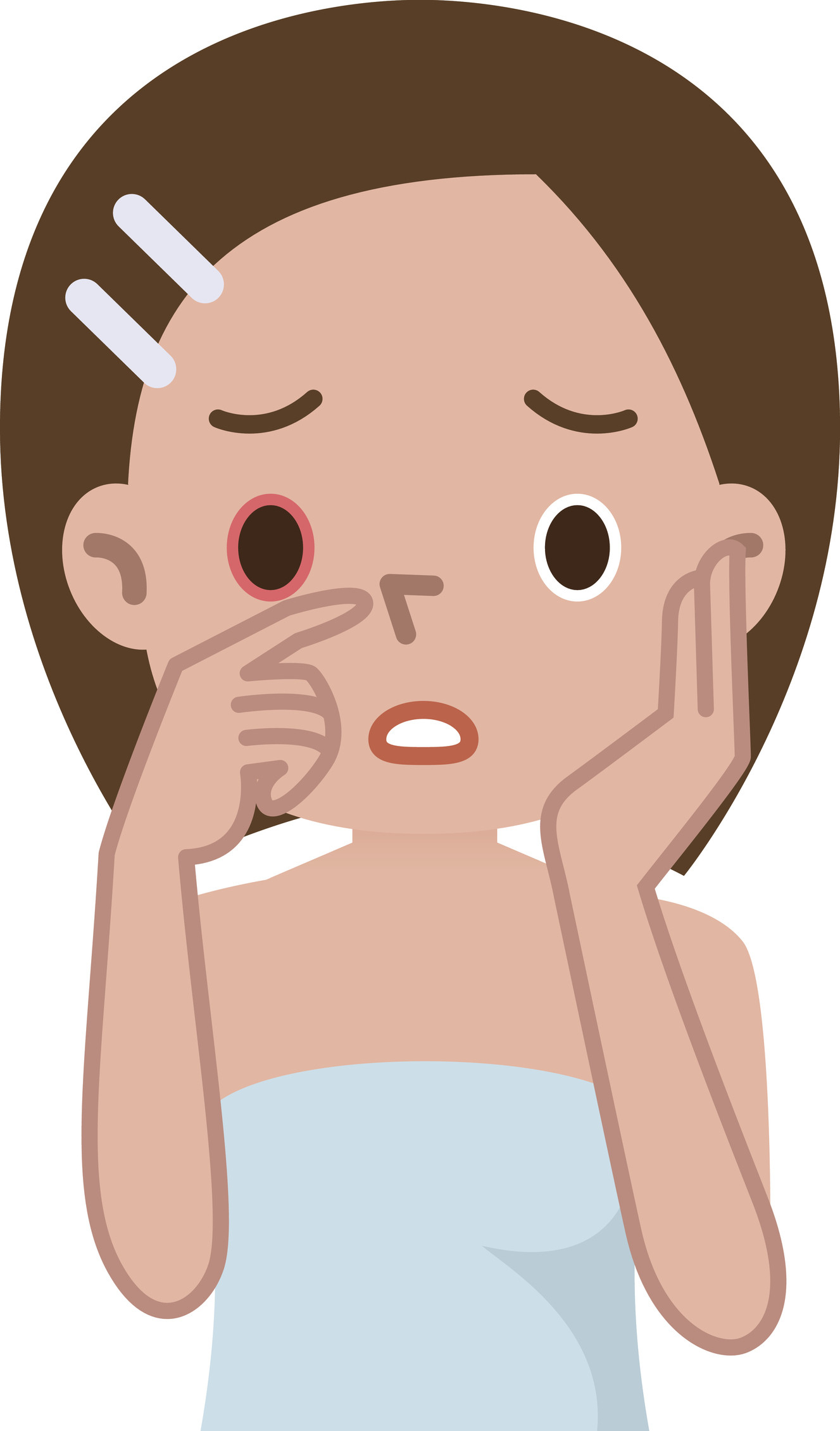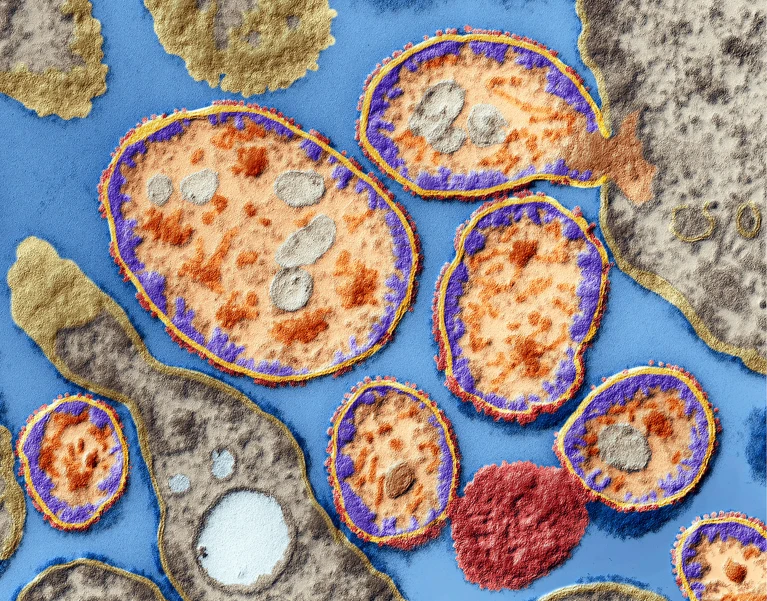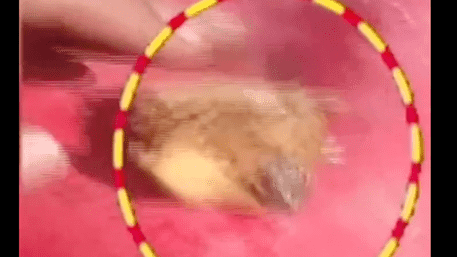
Conjunctivitis or “pink eye” is a highly contagious eye infection that affects millions of children worldwide. It can be caused by viruses, bacteria, allergies, or irritants, leading to redness, itching, discharge, and swelling of the conjunctiva. Preventing and managing conjunctivitis in children requires maintaining good eye hygiene practices, which are essential to safeguard their eye health and prevent the spread of the infection.
Firstly, regular handwashing is crucial to prevent the transmission of germs from hands to the eyes. Encourage your child to wash their hands frequently, especially before touching their face or eyes. Additionally, avoid sharing personal items such as towels, pillowcases, and as they can also harbor infectious agents.
Secondly, teach children to refrain from touching or rubbing their eyes, as this can worsen the infection and introduce new germs. If they do come into contact with the infected eye or any discharge, prompt and thorough handwashing is necessary.
Moreover, maintain a clean and sanitized environment. Frequently disinfect surfaces, toys, and items that your child regularly touches, particularly during a conjunctivitis outbreak. This step will help reduce the chances of re-infection and limit the spread to other family members or playmates. Dr Soni Singh, Eye Consultant at Prayag Hospitals Group, says “Conjunctivitis, commonly known as ‘pink eyes’ is an inflammation of the conjunctiva, the thin and transparent membrane that covers the white part of the eye and lines the inner surface of the eyelids. In children, this condition is particularly common due to their close interactions in schools and daycare centers, friends, and neighbors. While conjunctivitis is usually not serious, it can cause discomfort and be highly contagious.
To prevent conjunctivitis spread in children, follow these essential tips:
Frequent Handwashing: Encourage children to wash their hands regularly, especially after touching their eyes or face. This helps prevent the transfer of bacteria or viruses that can cause conjunctivitis.
Avoid Touching Eyes: Teach children not to touch their eyes unnecessarily, as it can introduce germs and irritants.
Use Clean Towels and Linens: Ensure that towels, pillowcases, and washcloths are regularly washed to avoid the spread of bacteria or allergens.
Avoid Sharing Personal Items: Discourage children from sharing items like towels, eye drops, or makeup, as this can transmit infections.
Keep Surfaces Clean: Regularly disinfect frequently touched surfaces like doorknobs, toys, and school supplies to reduce the risk of contamination.
Encourage Proper Hygiene at School: Advocate for good hygiene practices at school, such as regular handwashing and disinfection of shared items.
Seek Medical Attention: If a child shows symptoms of conjunctivitis, such as redness, swelling, discharge, or discomfort, seek medical advice promptly to receive appropriate treatment and prevent further spreading.
The author is a Neonatology and Pediatrics at Apollo Cradle and Children’s Hospital















